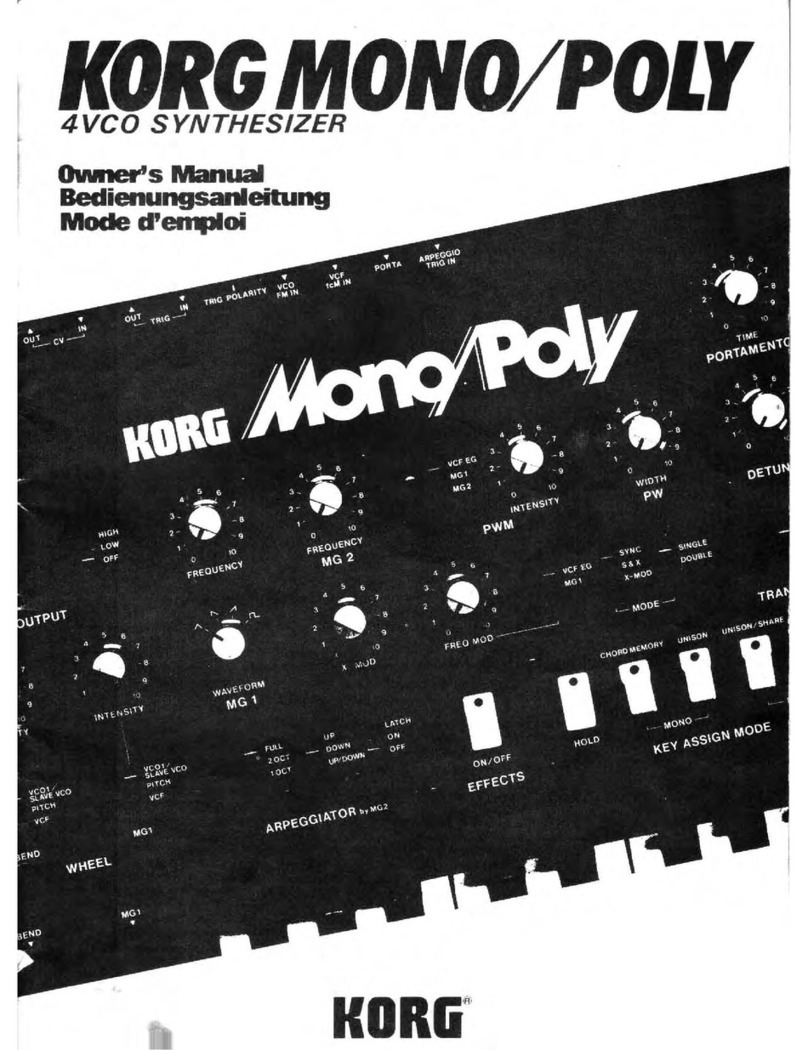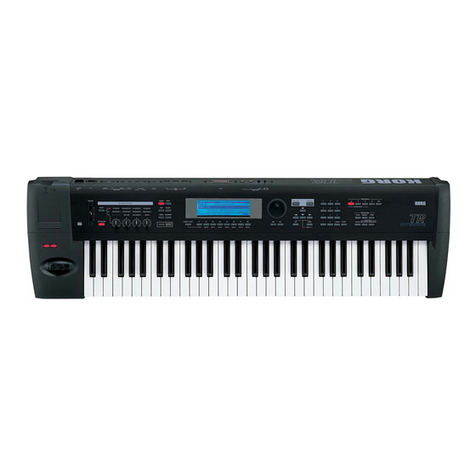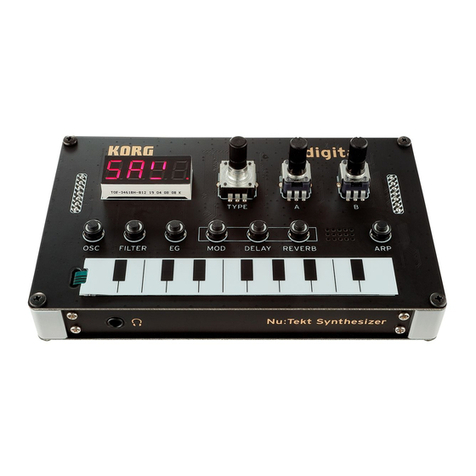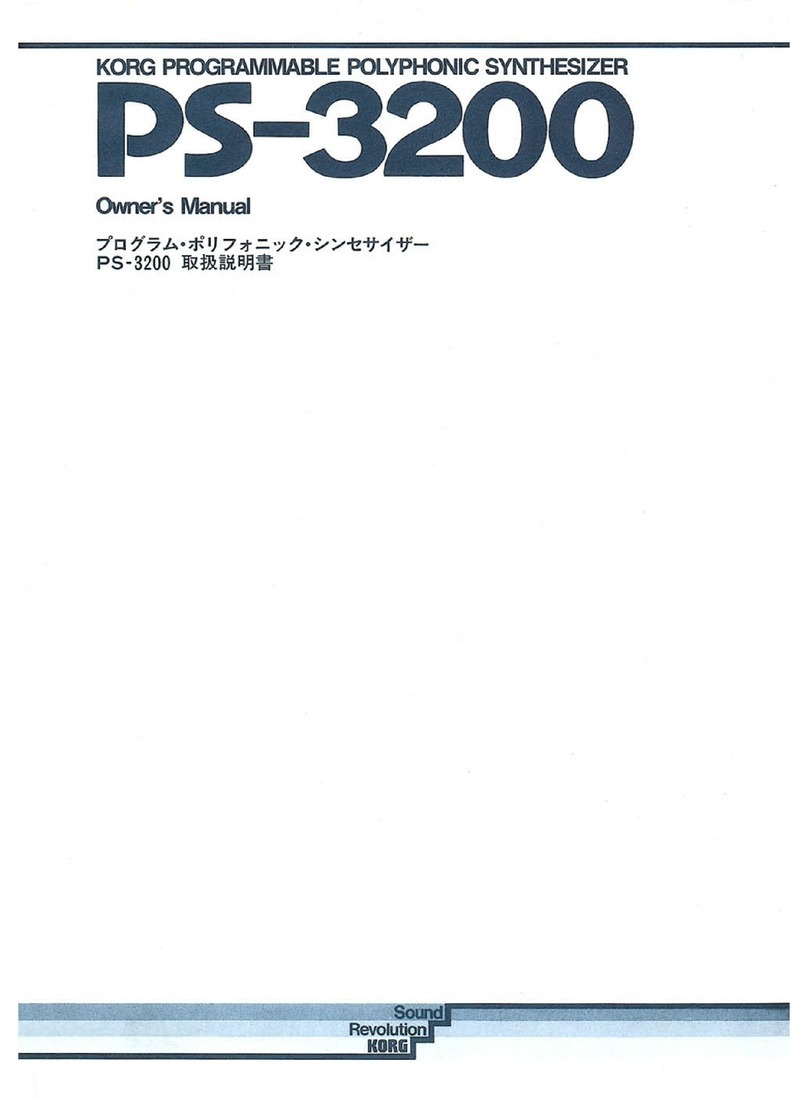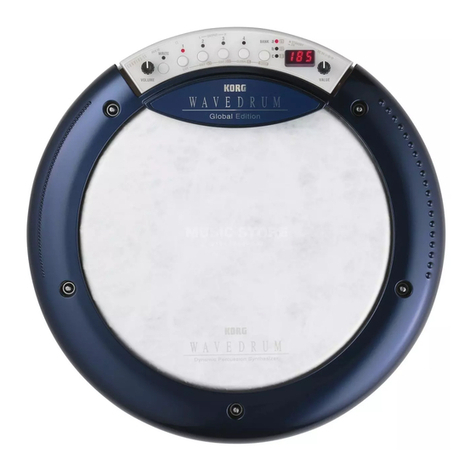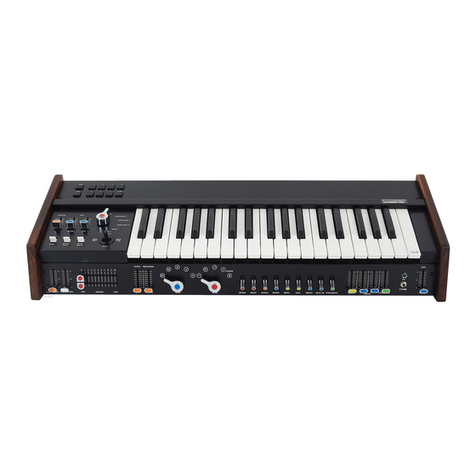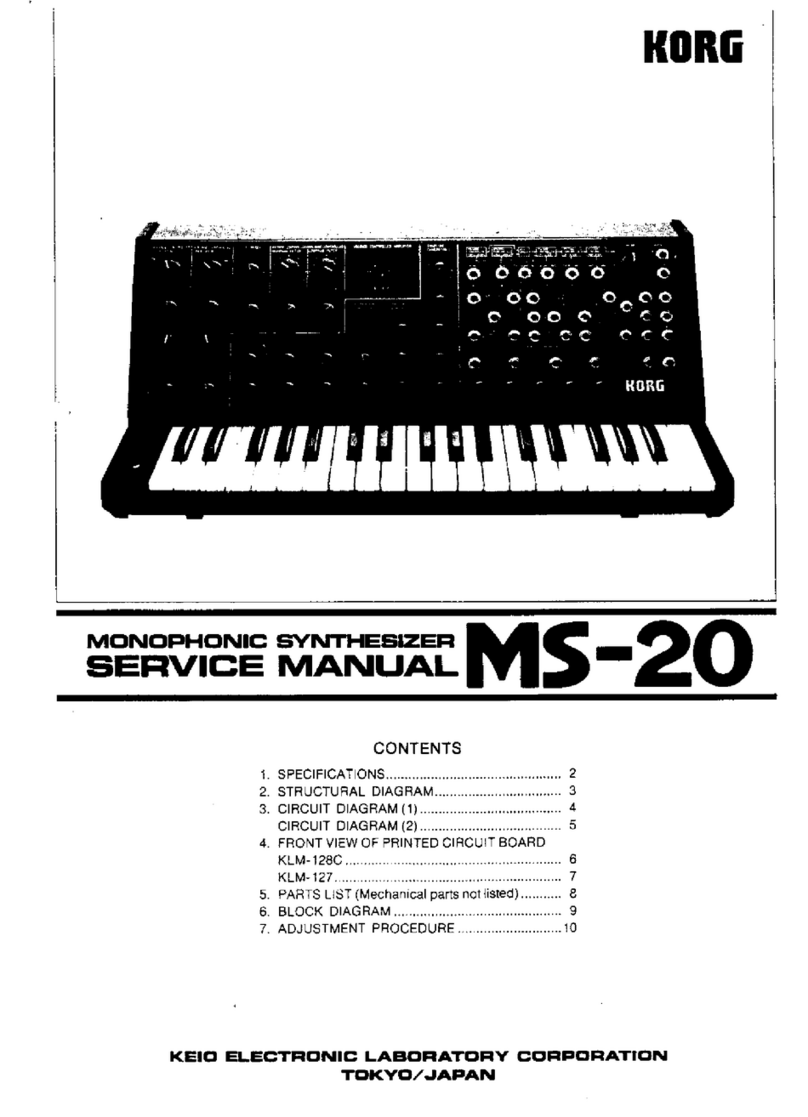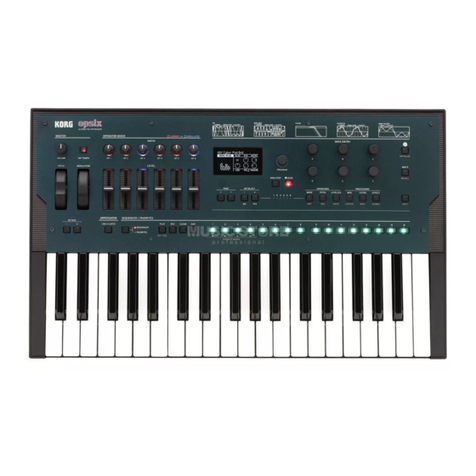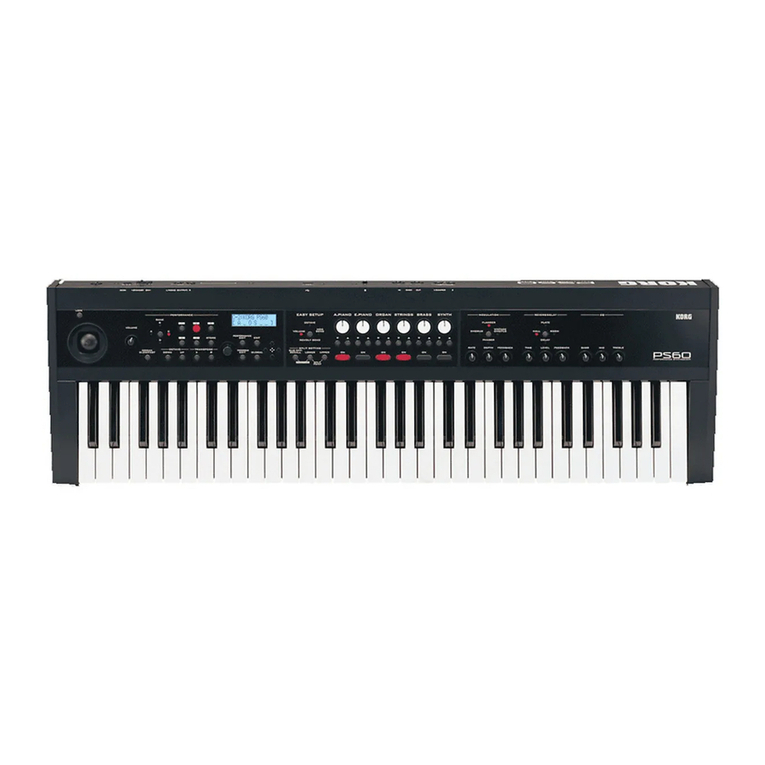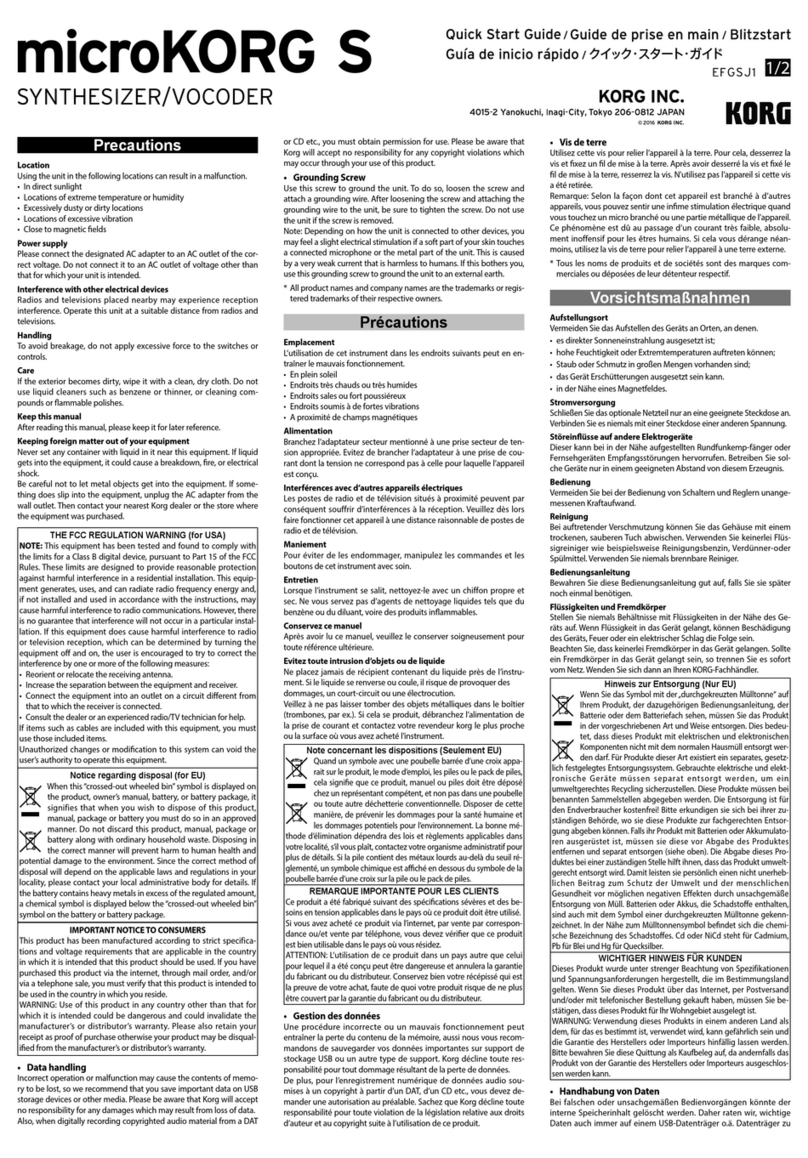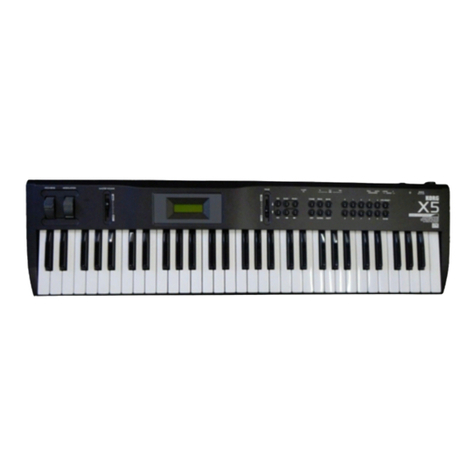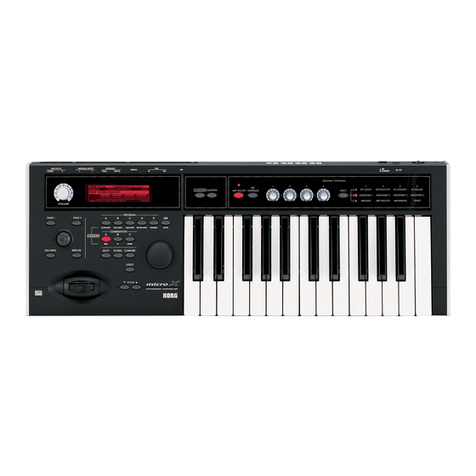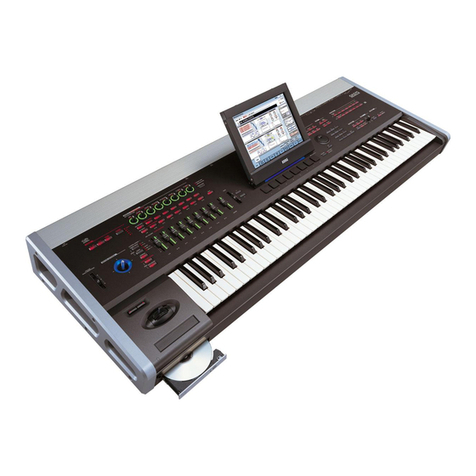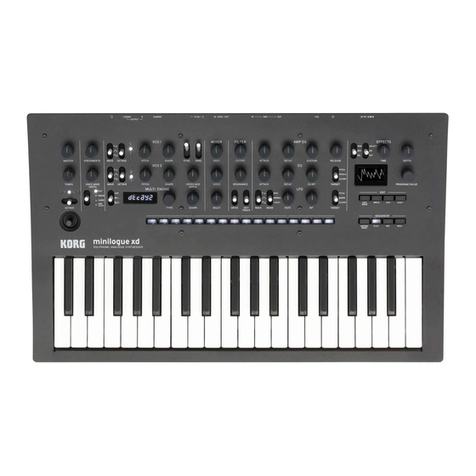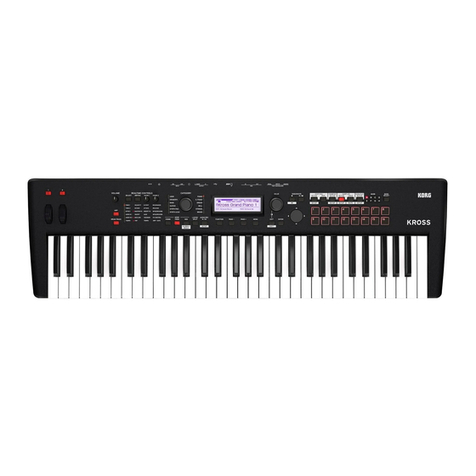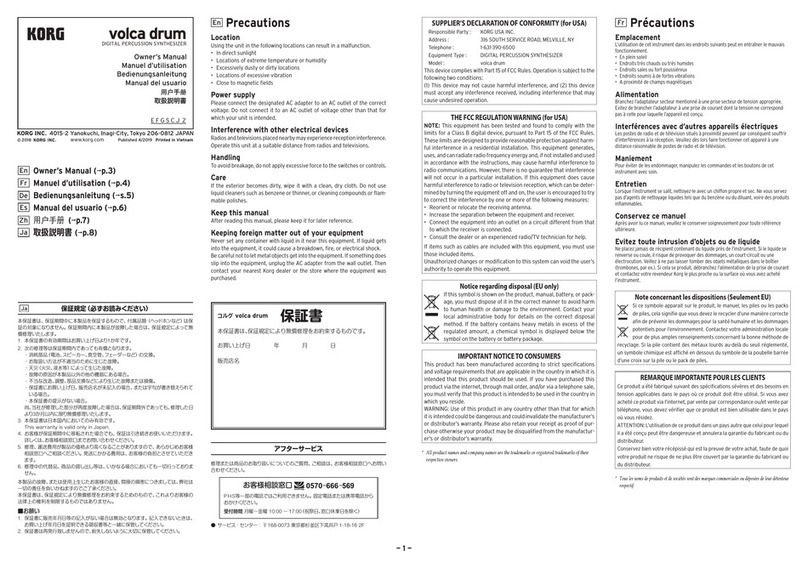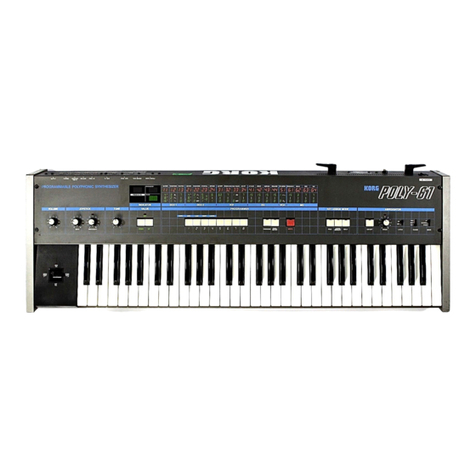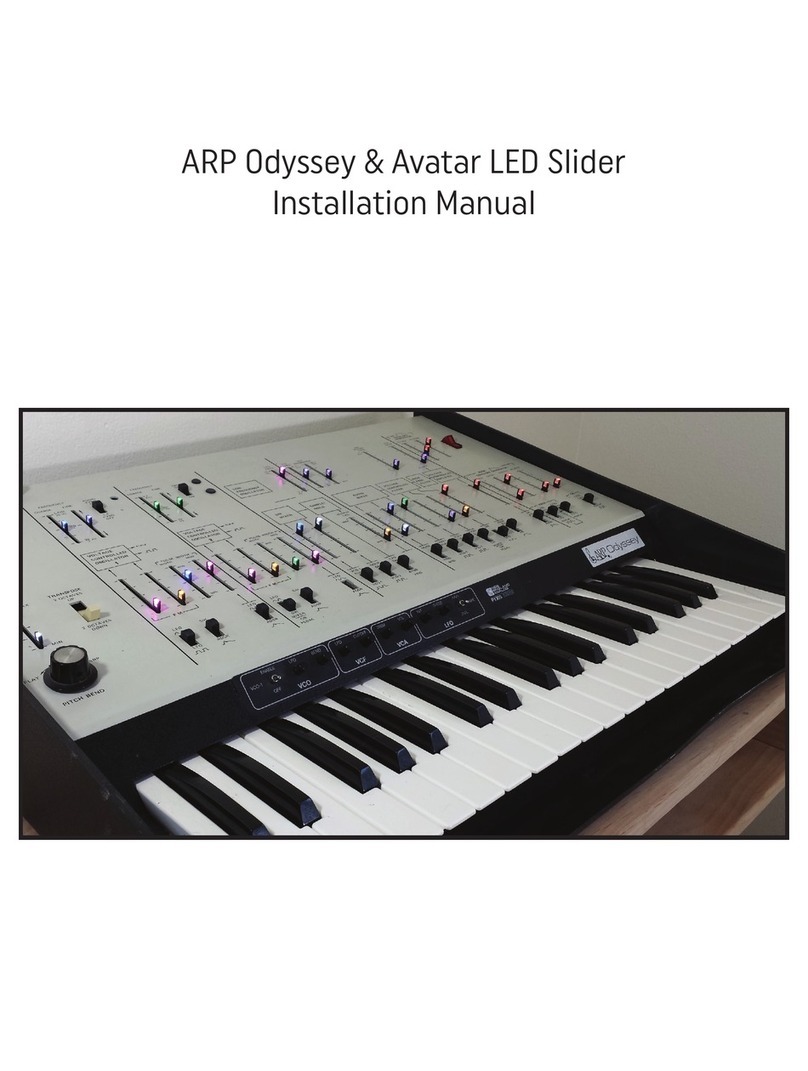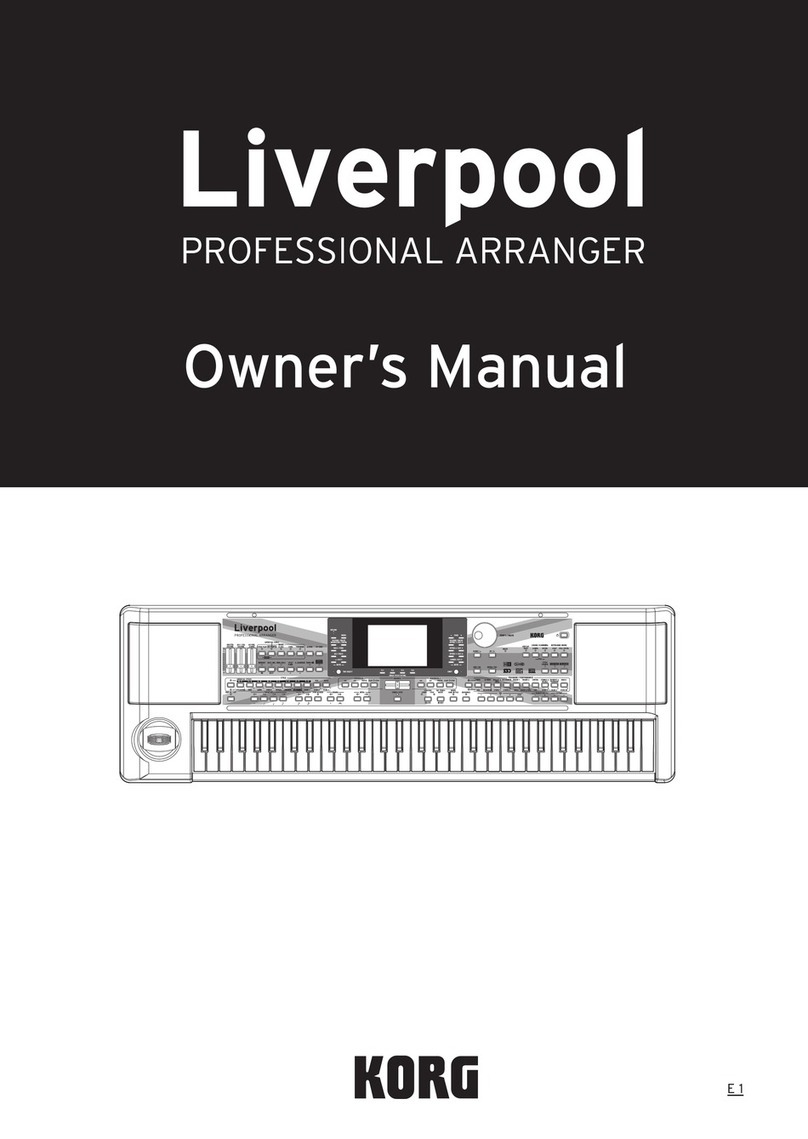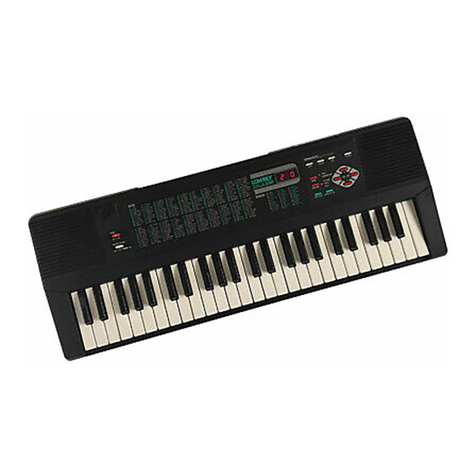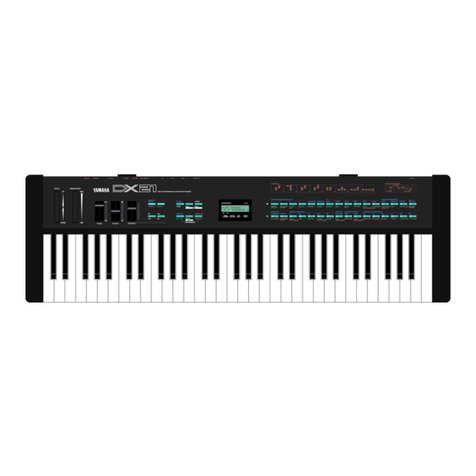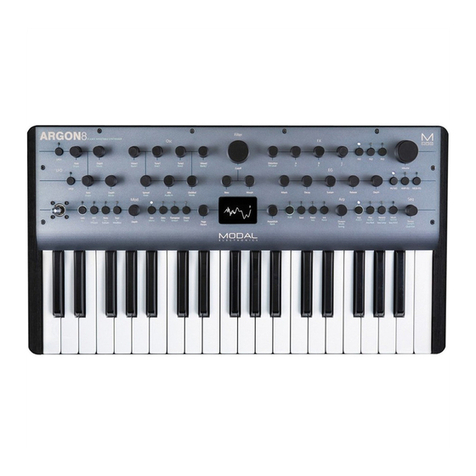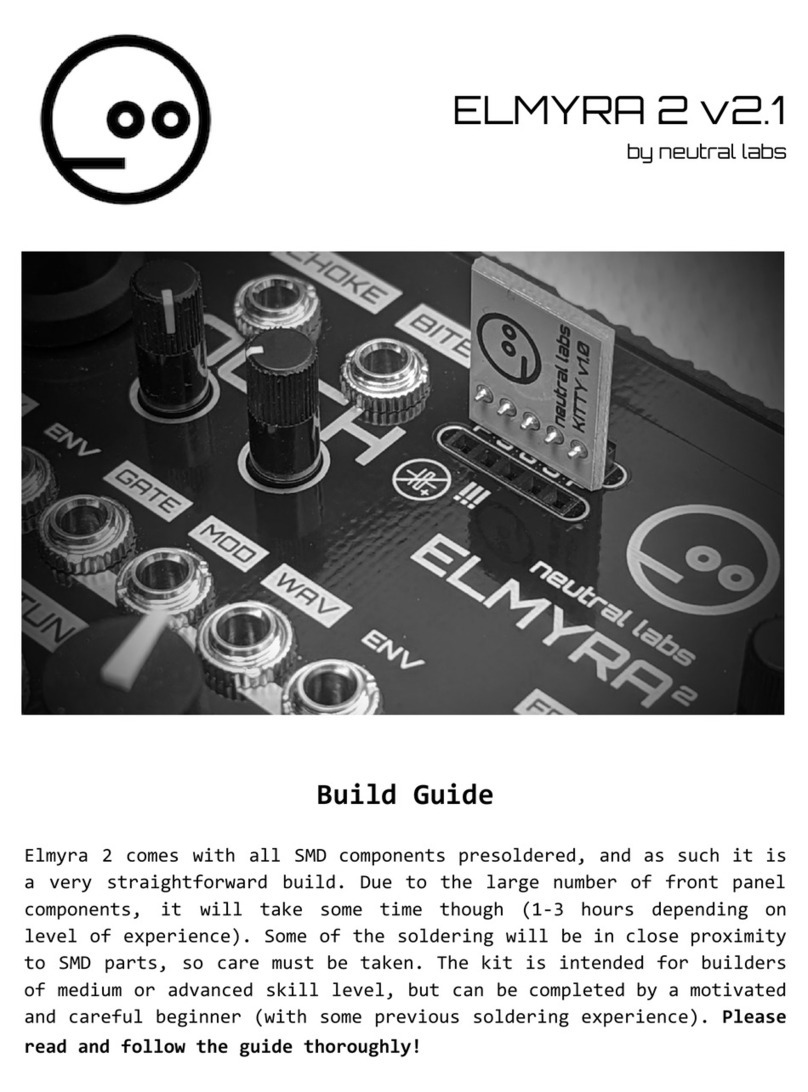INDEX
52114215-1'!-iii???-1.‘
Intrgdfugfign..............................
. .
Cnnnactinn
with
an
Amplifier
-
Black
Diagram
and
Signal
Flow
Chart
-
-1-.---1-1--|-|---1--|||-|--iii-1-I1
0
-1-.-
|--|-
-i
i-0+-I-I1-l
+-or--|l+|--1-I-1--1|
I
r
+
*"*
1--an--1--1|--1--1|+i-int--i|||+
ll-HI-I
Using
the
External
Signal
Processor
I.-.I,,,,,H,,;,+|.|.a---a-|.----.-.--a-t--
1
I
-i
1|-I+I|-+
H.“"..-1..-...............---
. .
111
Setting
Charts
- - - -
~
- -
I‘
‘__
.
inun-
-I»
li-
m-GO"--I"-.l"-I'i.I'l-I-'3'-|’\\J-"-"
-as
Inhaltsverzeichnis
"-!F"!£H:|*':i-!!"~7__‘*_
Bf!
Bi
10!
11}
Egflfghrung
------------H-----+---..............
. . .
Anschlufl
an
einan
Verstarkar
Bluckschaltbild
und
Signalfluftschema
Normaieinsteiiung
Merkrnaia
und
Fun!-ctinnan
An5¢h|,_",55B
Auabau
lhrar
Aniage
-----
--
IIII
‘Ill
I
-1-Ii-*5‘
I
r
1
I
I
I I
I
I
I I I
1
II--llrrI-r'r|I'|I1IIr'III'IIl-rI+l-14
Verwendung
des
extarnan
Signalprozassars
-------
--
Vursichtsmalinahmen
Technische
Daten
Ejn5[e||[am]|E
.
.
. . . .
.
.
.
. . . .
.
..-
-*s;-
Q
.a¢4.nn4
.
.
.
. . . . . . . .
.
.
. .
.
. .
>
. . .
.
. .
T
~
.-
_
.
_--
1-|.,—
1-"
'_‘
-u
-_
-
-i--II
|"
—
'
I
-I
-
1'
--...r-.'-
'*--H-,_
n
|
4
;
4
n
; .
n a
n
I
al
+
I
-
1
r
I
+
I
4
I
Q
1
I-I
SOMMAIRE
1]
Ag-3|-|'|.prgpQ$
2}|
Haccordemnt
a
l'ampIiiicateur
31
Schérna
dB
nrincipe
at
schéma
da
parct:-urs
daa
signau:-t
4]
Etat
nnrmal
5]
Particuiaritég
E:
lgngtigng
1
E]
A
pfqpg-5
fig-5
|i3i5q|15
....................-......
l-
_
..._...
"H
E:-ctansian
das
pnssibilités
du
systéma
E]
Utilisatiun
du
prucassaur
cia
signal
extériaur
9]
Attention-f-§||IllllII-Ill-ILIllIIJIIIIIIIIIIII-IJIIIIIIIP-l'II'l
1-1
ll
ll-ll-II1I23
10]
Caractéristtques
- -
~-
11]
Schémasderéglaga
~
-

